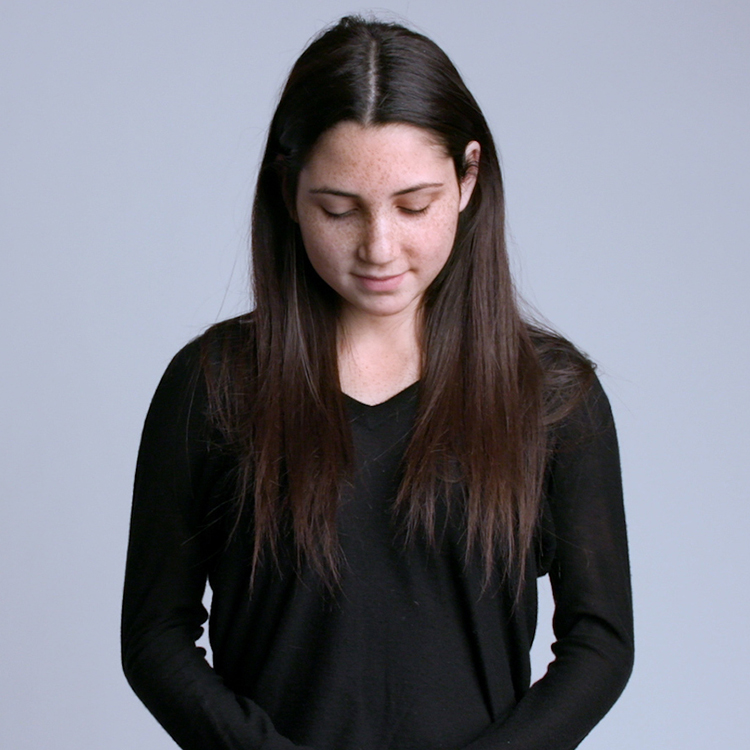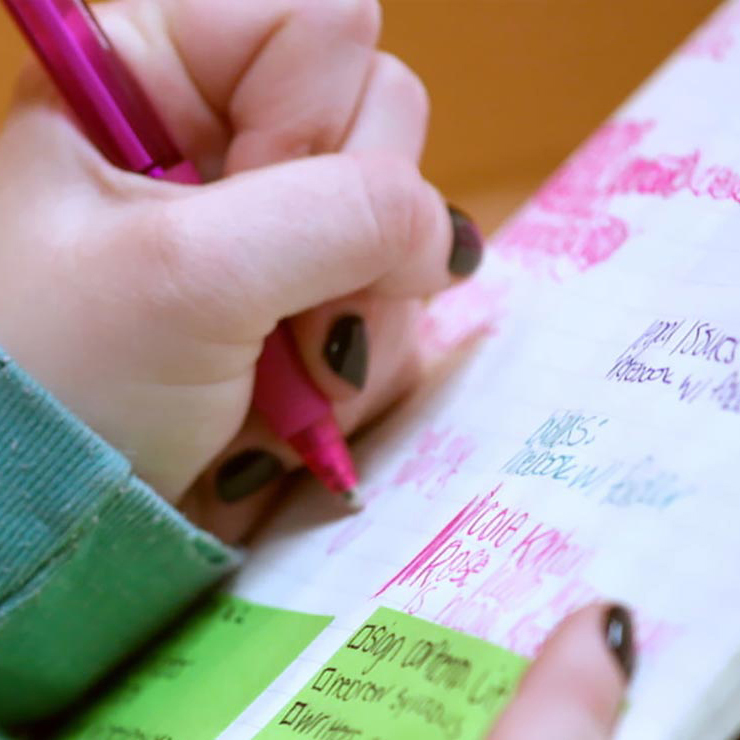
Focused Breathing Strategies
Breathing is a necessary process that we often do not give any thought to. Focused breathing, however, has been shown to have a significant affect on our ability to relax, reduce anxiety, stabilize our emotions and distract our minds from negative thoughts.
The University of Michigan Athletes Connected program offers some helpful, simple breathing strategies that you may benefit from during a stressful situation.
Relaxation Breathing
You can implement this exercise while standing or sitting, before a competition, in the classroom or at home. The great thing about relaxation breathing is that it’s a tool you can use anywhere and anytime to help manage stress and emotions.
- Be in a comfortable sitting or standing position (if seated, have your feet planted on the ground)
- Put one hand on your stomach and one hand on your upper chest
- Close your eyes if you are comfortable with that, but it’s fine to leave them open
- Take a slow, deep breath in through your nose, send the breath down to your stomach and try to move the hand on your stomach out while minimizing the movement in your chest
- Exhale through your mouth or nose, noticing that the hand on your stomach sinks in as you empty the air out
- Ideally, your breath is passing down through your chest to go lower into your diaphragm area
- Repeat
Double Exhale
Another useful breathing strategy is called “Double Exhale.” Follow the steps of the Relaxation Breathing exercise above, but before repeating it, do a second exhale to push out as much air as possible. This will make room for a fuller inhale the next time. You can also think of it as pushing out more of that negative unwanted emotion that may still be in our system.
10-Second Breath
- Be in a comfortable sitting or standing position (if seated, have your feet planted on the ground)
- Put one hand on your stomach and one hand on your upper chest
- Close your eyes if you are comfortable with that, but it’s fine to leave them open
- Take a slow deep breath in through your nose, send the breath down to your stomach and try to move the hand on your stomach out while minimizing the movement in your chest
- As you inhale, count to four, stretching the inhale over the full count
- Exhale through your mouth over a full count of six
- Repeat
Create a Wellness Toolbox
When we get a cut, scrape, bump or sting we take out a first aid kit for a bandage, antiseptic or ice pack. So why not create a wellness toolbox for when we are struggling with stress, anxiety and depression?
A wellness toolbox is a list of things that you may have done in the past, or could do in the future, to help you feel better. They are easy to make to using a binder with paper, a notebook or journal. Inside your toolbox, create a list of ideas and strategies that can help you when you are going through a hard time. These should be things that have worked for you in the past and as well as new strategies you would like to try. You can include things that have been recommended to you by professionals and other supporters too.
Your list should include easy-to-do, accessible options. It should have enough items so that you feel you have a variety of choices.
Some ideas for your toolbox:
- Talk to a friend
- Talk to a healthcare professional
- See your school counselor or social worker
- Take some deep breaths
- Eat a healthy meal or snack
- Stay hydrated/drink plenty of water
- Set a bedtime to make sure you are getting plenty of sleep
- Get some extra rest
- Take a warm bath or shower
- Exercise
- Practice yoga, meditation and/or breathing relaxation exercises
- Use a hot or cold pack
- Do something you enjoy – such as watching a favorite TV show or reading a good book
- Listen to music, play an instrument, sing
- Do something that makes you laugh
- Wear something that makes you feel good
- Write in a journal
- Write a list of your accomplishments
- Spend ten minutes writing down everything good you can think of about yourself
- Look through old pictures, scrapbooks and photo albums
- Surround yourself with people who are positive, affirming and loving
- Get some small things done
- Do something nice for someone else
- Call or text a crisis line
You can add to your toolbox as you come across new ideas and helpful strategies. Do not forget to remove items from your list if you find that they no longer work for you.
You may consider keeping a list of contacts to reach out to when needed. The list can include friends, family, healthcare professionals and crisis lines. For additional mental health resources, visit our Resources page.





Recent Comments